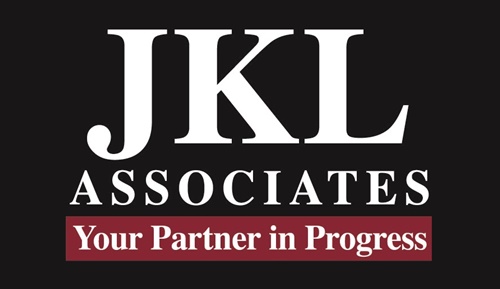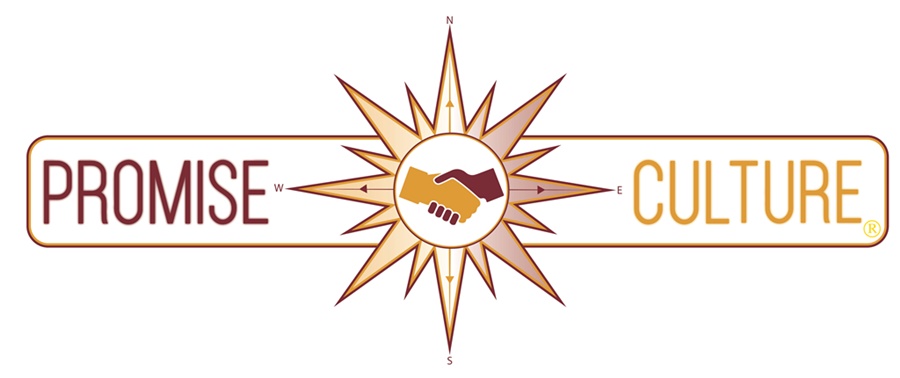There is a quote from the Bible – Exodus 5:7-8
“You are no longer to give the people straw to make brick as previously; let them go and gather straw for themselves. But the quota of bricks which they were making previously, you shall impose on them; you are not to reduce any of it.
This excerpt is framed around the leadership imposing additional burdens upon the people in retaliation for behaviors they believed contradicted their direction.
Some history unfortunately repeats itself, just with different appearances or disguises. No, our staff are not making bricks from mud and straw, but they are using their talents to contribute to the good of the business and society. The challenge is that some of today’s leaders have not evolved and learned from past business methods. Just as in past times recorded in history, teams of people have collectively gathered together to achieve great things. At the same time, leaders have used short-term techniques contributing to long-term issues.
Our workforce today differs significantly from the talent pools of just a few years ago. Our society’s influences have caused shifts in the way individuals show up to participate in work efforts. This is not to place labels on them as, unfortunately, the media likes to brand people. It is more about the shaping of the talent from their upbringing through educational systems and any outside influences that affect who shows up at the business. Our work activities have grown more complex over the years, but there are some basic ingredients that your business can provide to make your team more successful.
The first is establishing a business platform – the foundation (purpose, values, principles – the culture) that attracts those individuals who want to be part of that framework. Bringing on talent that is just passing the time for dollars starts the process on the wrong foot. Once your talent is attracted to your business, rather than attempting to fit a square peg in a round hole, you can now invest in them to help them grow and aspire to greatness.
Another component is to hire talent for roles not jobs. A leftover from the early 1900s when Fredrick Taylor introduced scientific management and the theories of external and internal motivation, it was and still is applied to cause productivity in jobs through economic means. People thus have jobs and transfer time for dollars. Today, talent still desires quality compensation, but they are equally if not more importantly, looking to be recognized for their contribution’s intrinsic side. Thus when you engage a person to contribute to a role in the organization, it allows for them to blossom in not only economic ways but additionally in self-growth, self-worth, and self-confidence.
Our original insight on causing the people to make bricks promptly and in comparable volume and to gather the straw to make them, which previously had been provided, was a classic attempt to break their extrinsic and intrinsic emotional intelligence. These tactics still exist today and have about the same results. Short-term increases due to fear and then long-term dissension that lead to all kinds of talent problems.
As business leaders, we need to keep the culture/environment in our organization in the best order they can be so that the talent engaged inside the culture has the greatest potential to be the best they can be. No, this is not some advertising slogan for joining some group. It is a simple truth that when leadership creates the best culture, attracts the best talent, and invests in the talent to allow them to grow and contribute, then great outcomes are more than possible.
Desiring a culture to build your business to its greatest potential? Give a Promise Guide a call at JKL Associates – FL (407) 984-7246 or MI (313) 527-7945
COPYRIGHT – JKL ASSOCIATES 2024
QUESTIONS OR COMMENTS – EMAIL US AT PARTNERS@JKLASSOCIATES.COM OR CALL OUR OFFICES – MI AT (313) 527-7945 FL AT (407) 984-7246
Celebrating 30 years of Delivering on “Promises”




